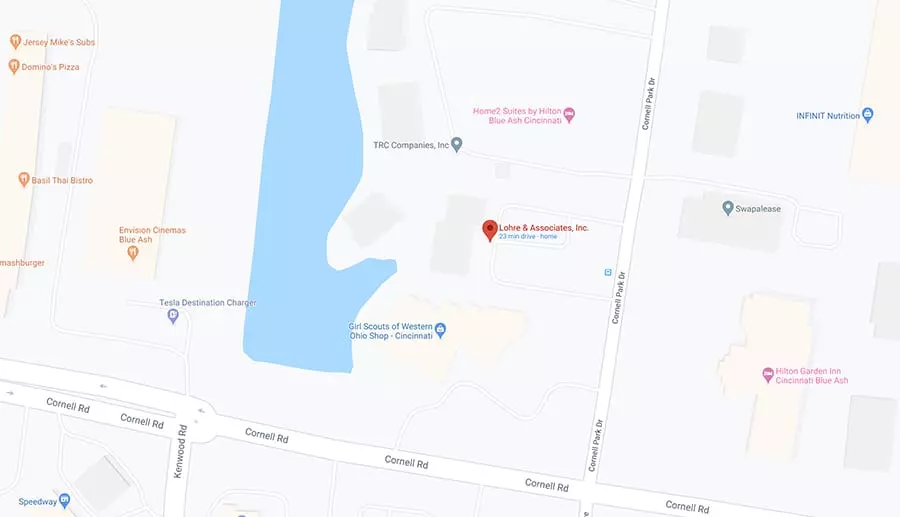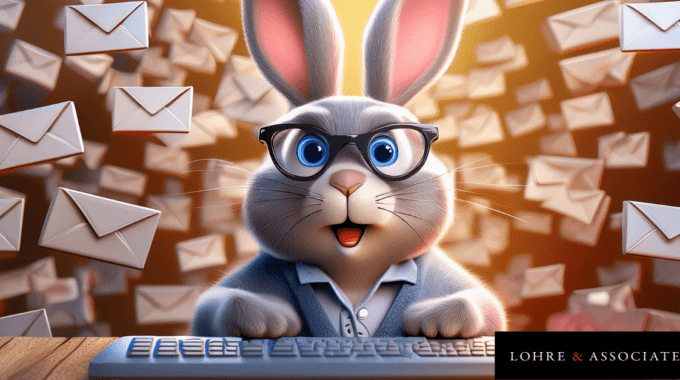Be intentional about including the following tactics in your new year marketing strategy As 2025…

12 Questions Every Manufacturer Should Ask Themselves
(Thanks to Ken Maisch for this great article in the July 15, 2016 Cincinnati Business Courier. If you don’t know the competition and the marketplace, you won’t be able to grow your business.)
 Recently I attended an economic briefing session to get some insight into where the economists saw us heading over a period of time. After the meeting, while I was reviewing the data we received, I began to think about TechSolve’s client companies and how they were preparing for changes in their customer’s needs, based on changing economics, and how they were and should be planning for future changes.
Recently I attended an economic briefing session to get some insight into where the economists saw us heading over a period of time. After the meeting, while I was reviewing the data we received, I began to think about TechSolve’s client companies and how they were preparing for changes in their customer’s needs, based on changing economics, and how they were and should be planning for future changes.
Over the last year, I have seen the business of some of my clients slow as much as 30%. On the other hand, I saw some of those client companies serving, growing, and thriving markets. I asked myself how each of these client groups was dealing with their particular circumstance. Our experience shows that client companies in a rapid growth mode are usually behind the curve and have to take exceptional steps to deal with this growth. It also shows that companies who see a drop in business usually go into a full blown pull back, as if their future will never be there again.
There will always be changes in our business cycles. There will always be new products and there will always be products that become obsolete. The “key” to sustaining a viable manufacturing company is based on its ability to deal with these changing environments. How nimble these companies are in changing times determines their overall ability to grow and continue a pattern of profitability.
There are twelve questions manufacturing companies should constantly ask themselves as they examine the future. Those are:
1) Are we intimately familiar with the market we serve?
2) How well do we know our competition?
3) What are the changing aspects of that market?
4) Is there a consolidation of players within that market?
5) How much of our overall revenue is represented by our top five customers?
6) Are we getting downward pricing pressure from that customer base?
7) Do we see increasing raw material costs?
8) Are we experiencing annual increases in our manufacturing costs that we can’t pass on to our customer base?
9) Are we consistently upgrading our equipment to maintain productivity?
10) Is “lean” thinking a part of our company culture?
11) Are we having difficulty in finding and keeping capable workers?
12) Is “productivity improvement” a part of our overall plan?
If you don’t know the answers to a majority of these questions I believe you will find life in a manufacturing environment to be difficult at best. Let’s take these questions and boil them down into three groups.
1) Market knowledge and marketing capability
2) Equipment capability and utilization
3) Productivity and cost control
Now let’s take a look at each area as they pertain to today’s manufacturing environment.
Market Knowledge and Marketing Capability
A thorough knowledge of your targeted market is essential. Knowing all the players, the competitive pricing levels each offers, and at what level you are competitive within this market enables more accurate quotations leading to a higher hit rate. We find this an area of weakness within some of our client base. Some know the names of primary competition, but aren’t sure at what level their pricing must be to earn new business. In the absence of this knowledge, companies price their products on what they perceive are the prices their competitors charge without a relationship between their real costs and the profit margins available at that level of pricing.
In addition to these pricing issues, it is imperative that companies understand the best way to address their target market. What is the best way to attract new customers? Is the internet and other electronic media the best way to find and get new customers? Is a more traditional sales approach preferable? Is direct customer contact better than a less direct approach. Does your product have an engineering or sales element? In all cases it is a must that you understand the “who” within your market. It is important to know who is the sales leader within your market, who is the “price” leader within your market, and which competitor has the strongest reputation and the “why” that is. Simply selecting a market in the absence of this knowledge can be a recipe for disaster. Growth in a new market or customer base can be much more successful if the answers to these questions are understood and addressed in the early planning stages.
Equipment Capability and Utilization
Businesses evolve and change over time. When manufacturing companies begin they usually locate and use the most economical equipment they can afford. Not always the most productive, but it gets the job done. Then over time they begin to invest in new technology and equipment that offers significant productivity advantages. They realize this is the long term answer to better controlling their costs. If new equipment is good, more must be better. Not always the correct solution. It is imperative that this new more productive equipment reach full utilization as quickly as possible. Otherwise the cost of having that equipment becomes a draw against profitability as our employees scramble to get it fully utilized and still keep the old equipment running.
New technology is only an advantage when it increases capacity and lowers cost. Owning and underutilizing the newest equipment will only increase cost, not improve the situation. As a process improvement company we understand and agree with consistently improving productivity, and when equipment is the answer, do the necessary economic justification and purchase the new equipment. Making sure that you understand your productivity levels and how it relates to your overall cost, is a must. And once you understand the importance of long term productivity improvements, budget to upgrade your equipment as your depreciation schedule dictates. The most productive companies we serve are those that justify and utilize the most efficient systems available and continually upgrade them as needs dictate.
Productivity and Cost Control
One of the greatest challenges manufacturing companies face is “how do I deal with the price reduction requests I get from my customers?” It would seem simple. We have to eat the loss of margin to keep the revenue. Well, you can only do this for so long. Sooner or later you run out of margin and unless you have taken steps to further control cost, you are suddenly in trouble. Once your organization has a firm handle on your real “fully burdened manufacturing cost/hour”, then cost control through productivity improvement is the answer. New equipment, as mentioned earlier, is part of the answer, but real productivity comes when our employees are empowered by understanding the real basis for our cost and the role they play in changing that basis. If your company is not actively involved in a Lean initiative, if you have not established “metrics” that confirm success, and if your company culture is not one of consistently improving performance then daily struggles can become a way of life. Having a thorough understanding of your manufacturing costs, and then implementing a plan to address those areas that need improvement, will go a long way in strengthening profitability.
In summary, our country has always been involved in “making stuff”. Our manufacturing capability is second to none. I realize this as I see companies who have off shored their production only to realize they need to come home. Back to where real efficiency is understood and embraced. Back where “being the best” is not a bad term. And Yes, based on what our economists tell us, we will have ups and downs in our business cycles. But the best deterrent to down business cycles is productivity and the ability to cost your costs to be able to meet changing price demands. Our manufacturing future has always been bright. But now it more important than ever to continue to take those steps that will allow us to continue to be most productive nation in the world.
Cincinnati’s Full-service Industrial Advertising Agency
Strategic Marketing Communications for Web.
Lohre and Associates offers Content Creation services. Though we are specialists in Industrial Marketing, our Cincinnati marketing firm has a broad range of clients.



